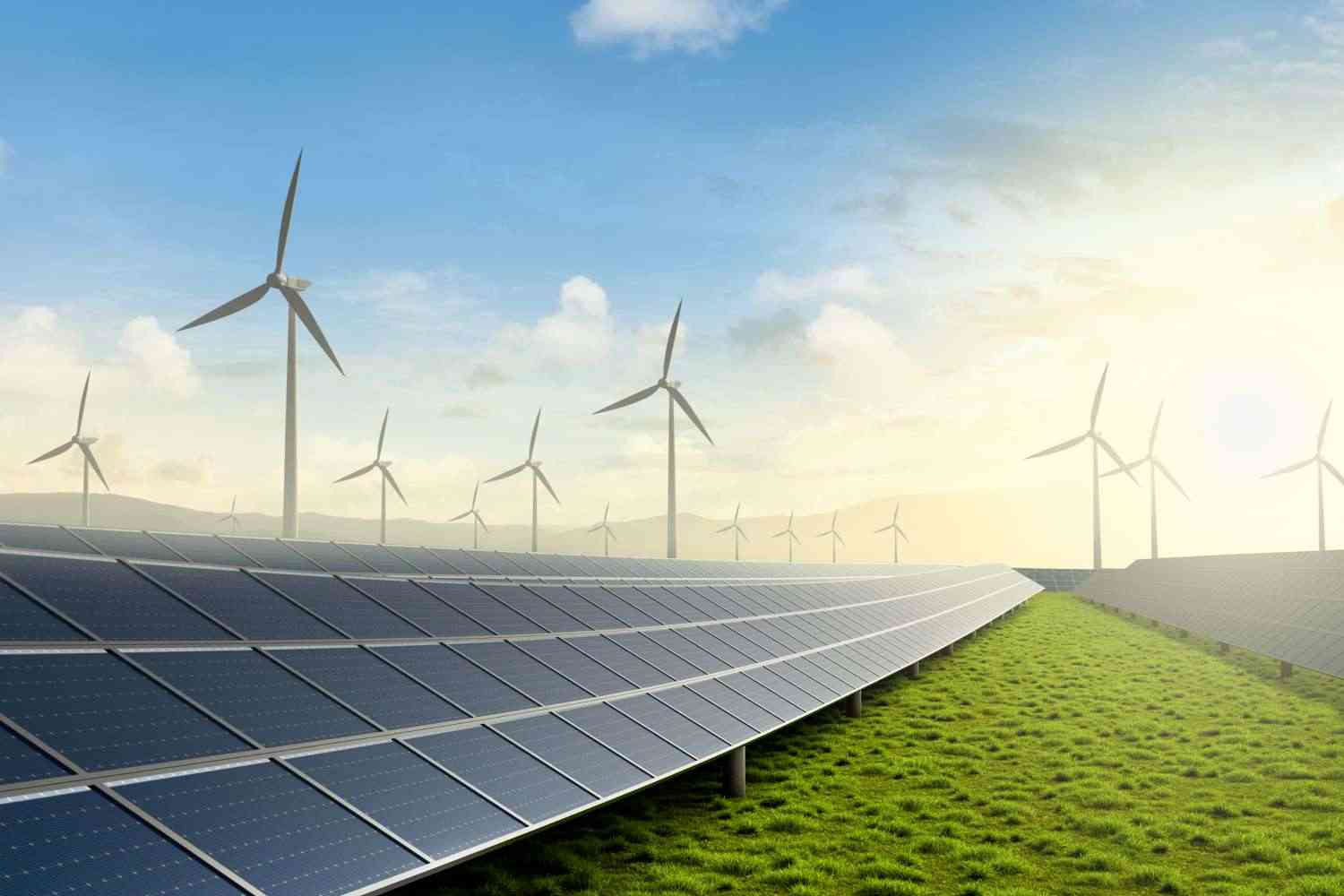
When I reflect on my engineering journey across Zimbabwe and beyond, one truth stands above all others: there is no substitute for energy development.
In my years of working in power systems, from rehabilitating high-voltage transmission lines to integrating renewable energy solutions, I have seen first-hand that every nation’s progress rests on one foundation: energy.
Without energy, our industries stall, our farmers cannot irrigate, our hospitals struggle to save lives, and our schools cannot prepare the next generation for the modern economy.
Energy is the heartbeat of development, and if Zimbabwe is serious about achieving Vision 2030, the time to act decisively is now.
Why energy cannot wait
I often tell people, “Energy development is not just an engineering matter, it is a nation-building mission.” Our national aspirations are bold: an upper-middle-income economy by 2030, aligned with the United Nations Sustainable Development Goals (SDGs) and the Sadc Vision 2050.
But these goals will remain on paper if we do not invest heavily in reliable, sustainable, and modern energy systems.
SDG 7, which seeks to ensure access to affordable, reliable, sustainable, and modern energy for all, is the backbone of every other SDG.
- Zimbabwe looks to public to provide solar power amid energy crisis
- Converting idle thermal plants into nuclear plants: A strategic leap towards a clean energy future in Zim
- There’s no substitute for energy development in Zimbabwe
Keep Reading
Without power, factories remain silent, healthcare systems cannot run effectively, and digital economies fail to thrive.
Zimbabwe is blessed with abundant resources, vast sunlight, rich hydro potential, coal reserves, and even opportunities for wind and biomass generation.
But resources alone are not enough; we must turn them into usable, distributed, and affordable energy for every citizen.
Sadc envisions an interconnected, industrialised, and competitive region.
Zimbabwe’s central position gives us a strategic advantage, we can be the bridge of power between north and south, east and west.
If we upgrade our generation capacity, modernise our transmission lines, and embrace smart grid technologies, Zimbabwe can not only meet its domestic needs but also export surplus energy to our neighbors.
This is not wishful thinking, this is a realistic, attainable objective if we act now.
I believe we must focus on:
- Diversifying our energy mix – From solar parks in rural communities to modernised thermal plants, we must reduce dependence on any single source.
- Upgrading transmission and distribution – Rehabilitation of aging power lines, reducing technical losses, and accelerating rural electrification.
- Encouraging private sector participation – Public-private partnerships can unlock billions in capital investment.
- Developing decentralised systems – Microgrids, solar home systems, and energy storage to serve remote areas.
- Promoting local skills development – Training Zimbabwean engineers, technicians, and renewable energy specialists.
- Regional power integration – Deepening cooperation within the Sadc Power Pool for stability and growth.
- Climate-resilient infrastructure – Ensuring our energy systems can withstand droughts, floods, and extreme weather.
From the field – The Power Giants perspective
At Power Giants Private Limited, we have been privileged to play a role in Zimbabwe’s energy journey.
From assessing and rehabilitating high-voltage transmission lines to delivering renewable energy solutions for commercial and rural clients, our work has shown us what is possible when technical expertise meets national vision.
We have worked with both government and private sector partners, and we have seen the results.
Energy access transforms lives, creates jobs, and attracts investment.
Zimbabwe is open for business
I have travelled across the nation and met communities that are ready to participate in the energy revolution.
Zimbabwe is peaceful, strategically located, and richly endowed with resources.
The government’s pro-business stance, combined with our alignment to SDG 7, makes this the right time for domestic and international investors to engage in the sector.
Our Energy Policy 2030 is designed to ensure sustainability, resilience, and growth.
When I speak with potential partners, I emphasise that investment in Zimbabwe’s energy sector is not only profitable, it is nation-shaping.
The power to develop is now
I am convinced that the choices we make in the next five years will determine the kind of Zimbabwe we hand over to the next generation.
If we commit to decisive action today, modernising infrastructure, embracing renewable energy, fostering innovation, we can transform our energy sector from a constraint into our most powerful driver of economic growth.
Energy development is not an option we can postpone, it is the bridge to our aspirations. And for Zimbabwe, the bridge must be built now.
As I tell my team: “Every megawatt we generate, every kilometre of line we rehabilitate, every rural school we electrify is a step towards Vision 2030.”
There is no substitute for energy development. The power to develop is not tomorrow, it is now.
*Edzai Kachirekwa is the CEO of Power Giants, a global energy company, and renowned renewable energy expert. He can be reached on email edzai@powergiants.co.zw






